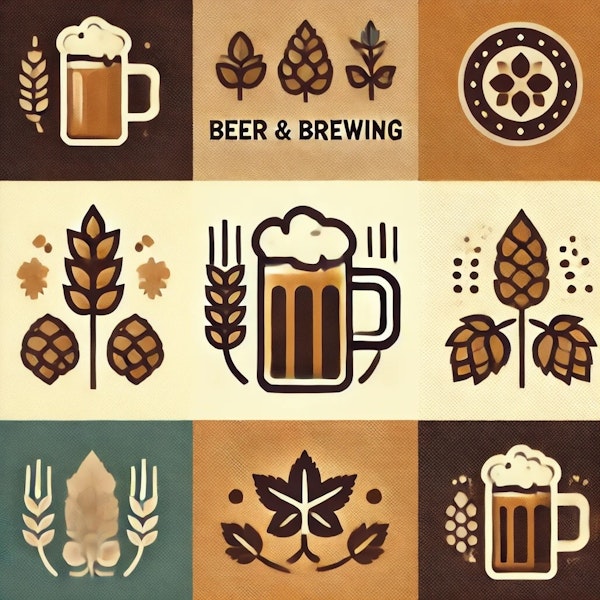
This light and quenching smoked wheat beer remains a relatively obscure platypus in the style canon. Lichtenhainer is undeniably odd yet easy to brew and lots of fun to drink.
Easy to forage and easy to use, spruce tips can add a range of flavors to your beers and be used in a variety of ways—and the best time to harvest them is just around the corner.
Amarillo and Simcoe lead the way in this session IPA recipe from Josh Weikert’s Make Your Best series.
Fruit beers—they ain’t all thick smoothie sours. Out of Gainesville, Florida, Swamp Head’s Tropical Vibes is a bright, sunshiny, highly drinkable example of excellence in the form of a fruited wheat beer. We asked them what makes it tick.
This one is fast and easy—great for new brewers looking to practice and build their confidence—yet it also offers great depth of flavor and a striking appearance. Surprisingly light and refreshing, the dry stout works well in any season—or, brew it soon to have it ready for St. Pat’s.
Great to brew or drink at any time of year, the too-often-overlooked Bavarian-style dark wheat beer offers crowd-pleasing flavors and looks impressive in the glass.
This recipe includes guidelines on fermenting a lager under pressure—and you can apply the same guidelines to your own favorite lager recipe.
Fermenting under pressure to make beer faster is an old industrial trick—and it works just as well on a small scale. Here’s what to know about a method that can help you brew more lagers in less time, honing your technique along the way.
Fresh and malty with plenty of English hop character, this is a great one to enjoy on those long winter evenings to come.
Eisbock uses a fractional freezing process to concentrate the beer’s strength, and it does so without requiring your yeast to work overtime. The result is a smooth, rich, and intense lager—perfectly suited to sipping on a cold winter night.